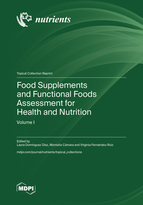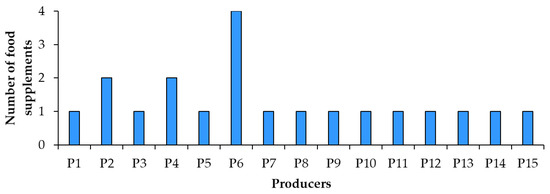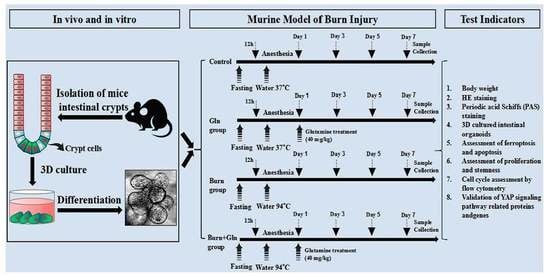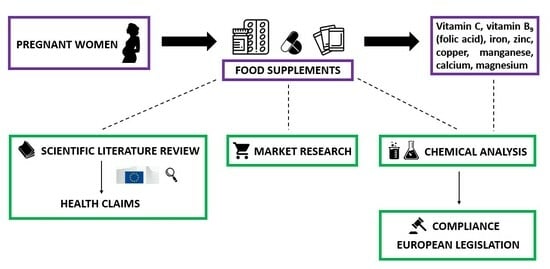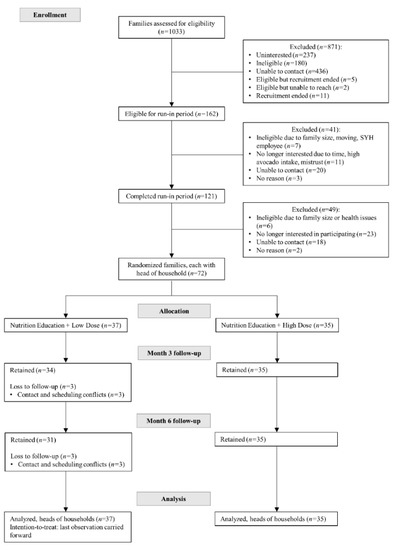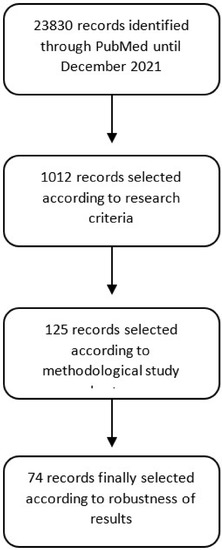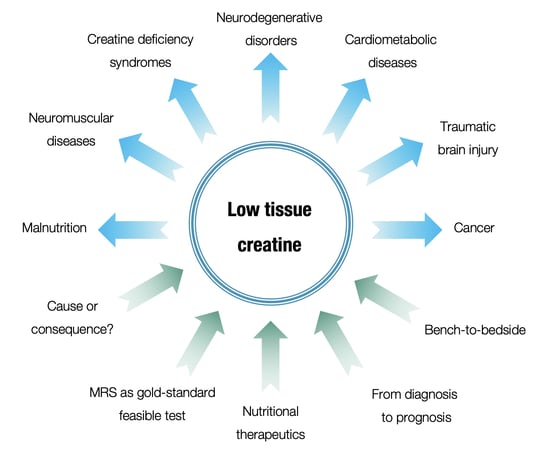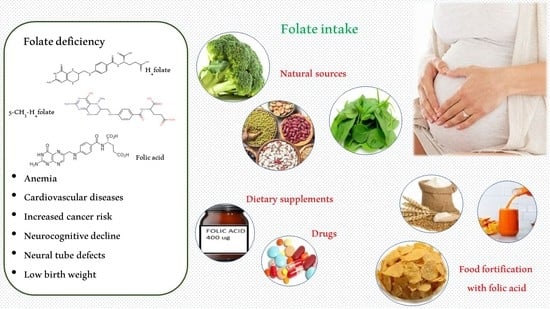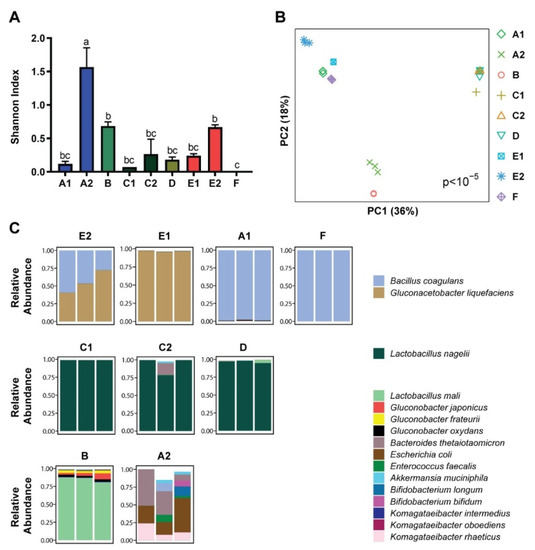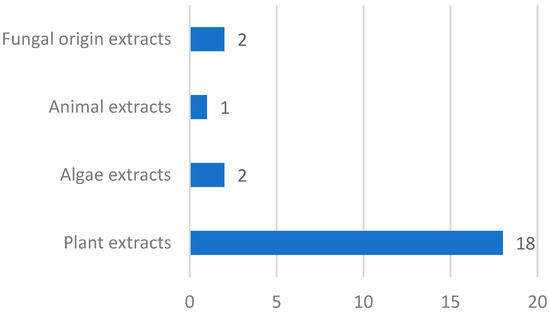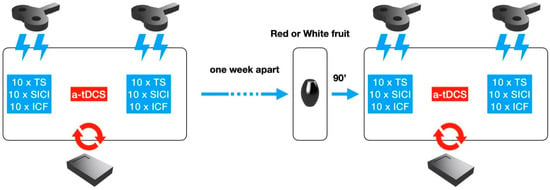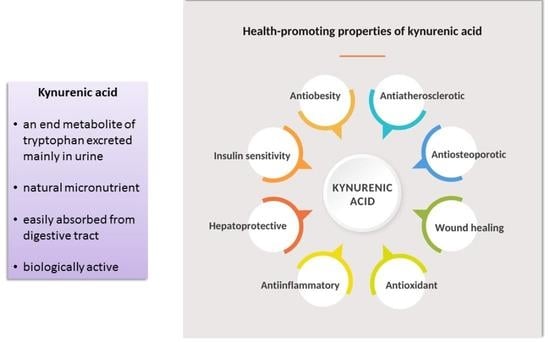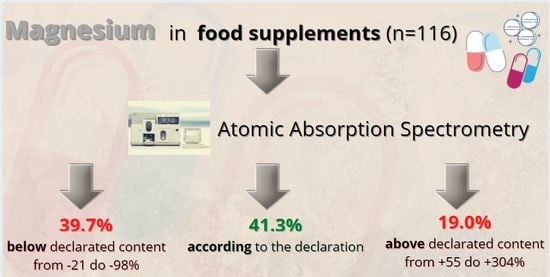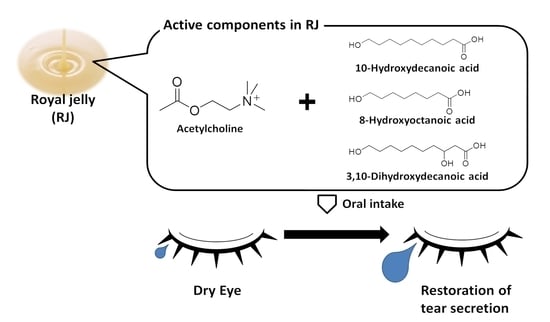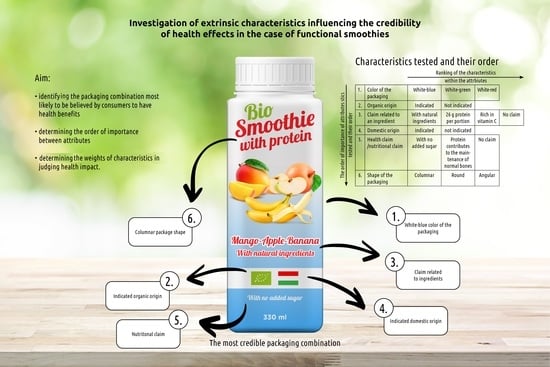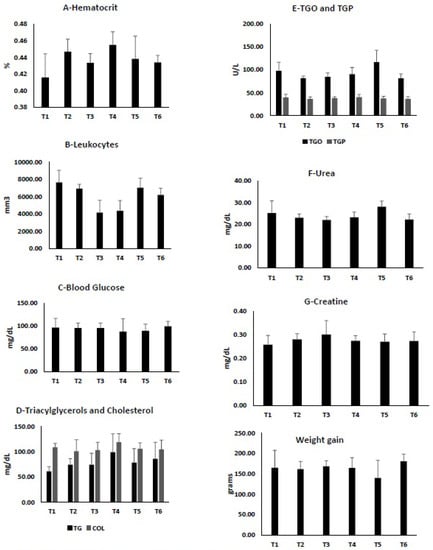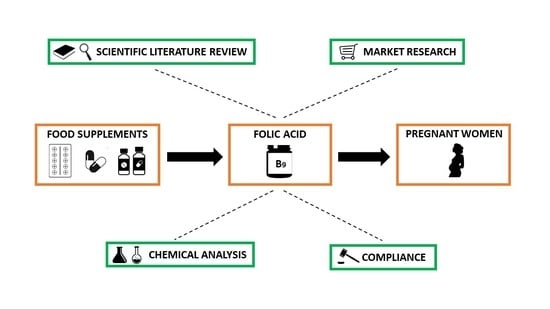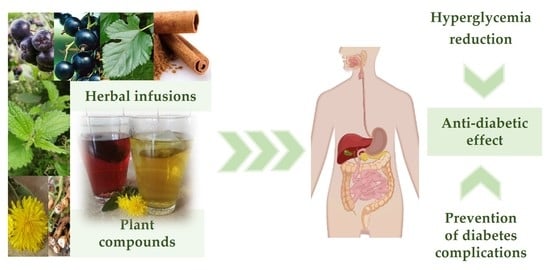Food Supplements and Functional Foods Assessment for Health and Nutrition
A topical collection in Nutrients (ISSN 2072-6643). This collection belongs to the section "Nutrition Methodology & Assessment".
Viewed by 71707Editors
Interests: health; diet; food science; food analysis; food chemistry;nutrition assessment; food legislation; functional foods; food supplements
Interests: food science and technology; vegetable food products; functional foods and health claims.
Special Issues, Collections and Topics in MDPI journals
Interests: plant food bioactive compounds; chemical and sensory food analysis; nutrition
Special Issues, Collections and Topics in MDPI journals
Topical Collection Information
Dear Colleagues,
The objective of this Topical Collection is to publish different types of papers (original research works, up-to-date reviews, etc.) which fit into the wide area of assessment of food supplements and functional foods and its implications in nutrition and health—that is, the characterization of the nutritional composition and phytochemicals of these functional products and its legal issues in terms of labeling, nutrition, and health-related claims and food safety; the evaluation of the functional effects and potential health benefits of particular ingredients (nutrients and bioactive compounds) used in food fortification and the development of new functional products; the study of consumers’ perception, behavior, and attitudes towards functional products; the description of food policies (regulatory frameworks, laws, rules, official guidelines); and dietary interventions from the perspective of the prevention of nutrition-related diseases.
The prevention of diet-related non-communicable diseases and their complications are currently one of the most important public health challenges worldwide with which food industry has ever been faced. Societies of developed countries are engaged in a change in the concept of food as consumers are increasingly demanding foods with added value beyond the provision of nutrients and the satisfaction of appetite—that is, food products which contribute to the achievement of an optimal nutritional well-being, health status, and quality of life by reducing the risk of diseases and promoting the appropriate function of human organs and systems.
The application of international and national policy-based approaches focused on improving eating habits and helping to adopt a healthy diet is becoming more common around the world. In this context, food supplements and functional foods are increasingly considered in these new approaches as they contain functional ingredients with beneficial effects on human health.
Dr. Laura Domínguez Díaz
Prof. Dr. Montaña Cámara
Prof. Dr. Virginia Fernández-Ruiz
Collection Editors
Manuscript Submission Information
Manuscripts should be submitted online at www.mdpi.com by registering and logging in to this website. Once you are registered, click here to go to the submission form. Manuscripts can be submitted until the deadline. All submissions that pass pre-check are peer-reviewed. Accepted papers will be published continuously in the journal (as soon as accepted) and will be listed together on the collection website. Research articles, review articles as well as short communications are invited. For planned papers, a title and short abstract (about 100 words) can be sent to the Editorial Office for announcement on this website.
Submitted manuscripts should not have been published previously, nor be under consideration for publication elsewhere (except conference proceedings papers). All manuscripts are thoroughly refereed through a single-blind peer-review process. A guide for authors and other relevant information for submission of manuscripts is available on the Instructions for Authors page. Nutrients is an international peer-reviewed open access semimonthly journal published by MDPI.
Please visit the Instructions for Authors page before submitting a manuscript. The Article Processing Charge (APC) for publication in this open access journal is 2900 CHF (Swiss Francs). Submitted papers should be well formatted and use good English. Authors may use MDPI's English editing service prior to publication or during author revisions.
Keywords
- Human health
- Diet
- Healthy eating
- Food intake
- Diet-related noncommunicable diseases
- Functional foods
- Food supplements
- Functional ingredients
- Food safety
- International food regulation
- Human nutrition and health claims
- Phytochemicals
- Consumer protection
- New dietary strategies





